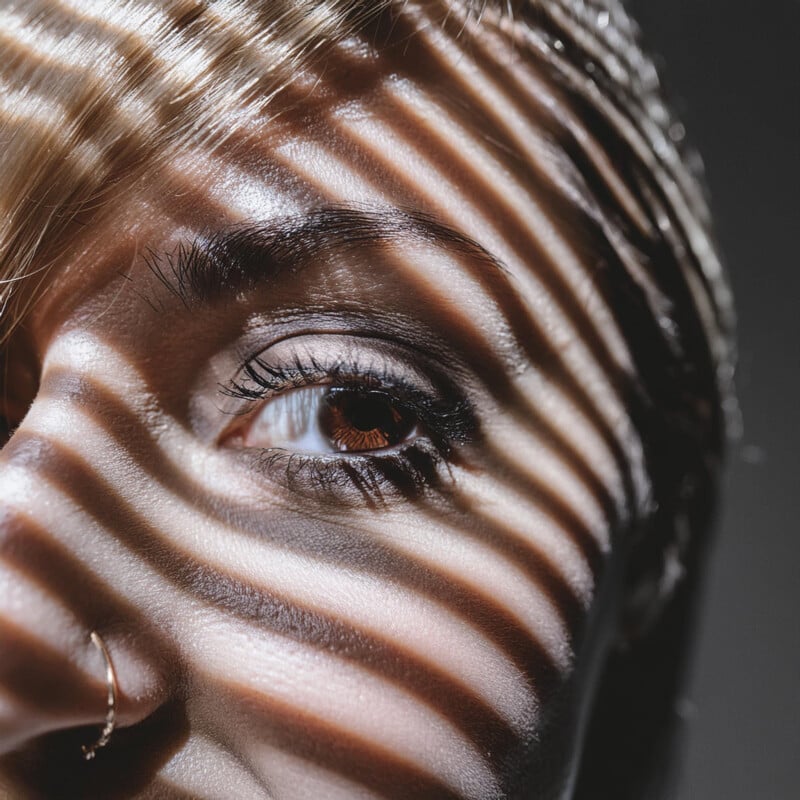Adobe Firefly Generative AI Version 3 Looks to Catch Up to the Competition
![]()
At its MAX event in London, Adobe announced a huge update to its artificial intelligence system Firefly. Version 3 of the platform is significantly improved over previous iterations and promises to be able to make photorealistic images with greater variety.
After being used to generate over seven billion images over the last year (it passed a billion in its first few months), Adobe Firefly is taking a big step forward with Version 3 which enters beta today. These updates, which are available in the Firefly web application, promise massive advancement to quality and control including higher-quality image generations, better understanding of prompts, and enhanced detail and variety.
Below, Adobe shows that the same prompt can provide a range of results when specific details are absent from the text, such as varied race or ethnicity.



The use of the term “photorealistic” does not appear to be an over-promise either, as generations have better and more believable lighting, positioning, detail, and the ability to display text. Until now, Firefly lagged behind its contemporaries when it came to generating images that looked like photos (or any image type at all, really). That doesn’t appear to be the case any longer.





Adobe promises that Version 3 of Firefly is not only vastly improved in the quality of what it can produce but does so faster than before, too. Not only that, Firefly supposedly understands text prompts even better than before, which Adobe says allows it to create image generations that can accurately reflect long, complex prompts and include more details.
Firefly 3 brings what Adobe is calling a new style engine which allows it to deliver higher quality outputs with more variety. Outputs have a more diverse set of colors, backgrounds, and subject poses which makes them more useful across a wider range of applications.
The update adds two new features: Structure Reference and Style Reference. Structure Reference allows users to generate new images that match the general structure of a reference image, which Adobe says will eliminate the trial and error associated with writing prompts.


Style Reference is what Adobe is calling Firefly’s ability to generate higher quality output, giving users more control and the ability to personalize the generations. These tools can be combined, too.



Text, which is as difficult for generative AI to produce as hands, is also improved. Adobe promises that Firefly Version 3 can make images with clear text that actually makes sense. Similarly, the platform is much better at icons, logos, raster images, and line art. All this said, Adobe did not provide any examples of text ahead of publication.
“In just over a year, Firefly has become the image generation tool of choice used by millions of creators to ideate every day, and we’re just getting started,” Ely Greenfield, chief technology officer, Digital Media at Adobe, says. “As we continue to advance the state of the art with Image 3 Foundation Model, we cannot wait to see how our creative community will push the bounds of what’s possible with this beta build.”


As before, Adobe’s commitment to making generative AI ethically remains a major sticking point. The company says it develops AI in accordance with its published AI Ethics policy and Content Credentials are automatically attached to all Firefly images.
Adobe trained Firefly exclusively on licensed content such as Adobe Stock and the company has been more transparent about its training data than any other generative AI company.




“[Firefly] was designed to generate content for commercial use that does not infringe on copyright and other intellectual property (IP) rights such as trademarks and logos. Adobe uses a multi-layered, continuous review and moderation approach to block and remove content that violates Adobe’s policies and offers customers IP indemnification for Firefly-generated content,” the company says.
Firefly Image 3, the official name of the latest iteration of the generative AI platform, is now available in beta and can be accessed at firefly.adobe.com.
Image credits: Adobe